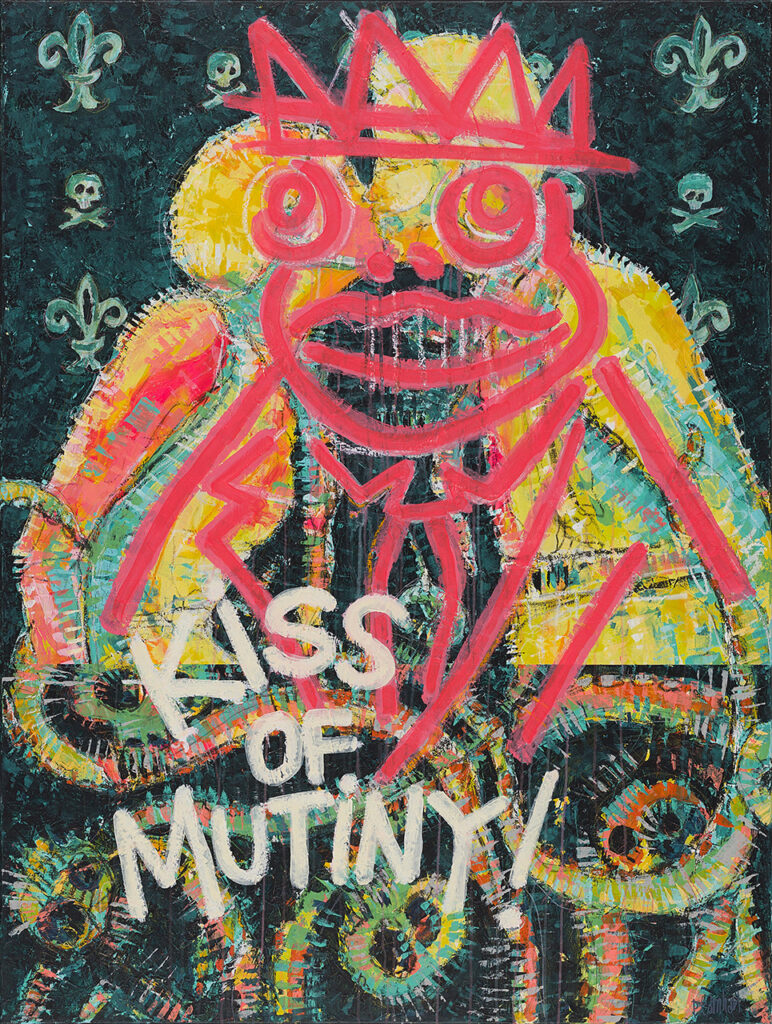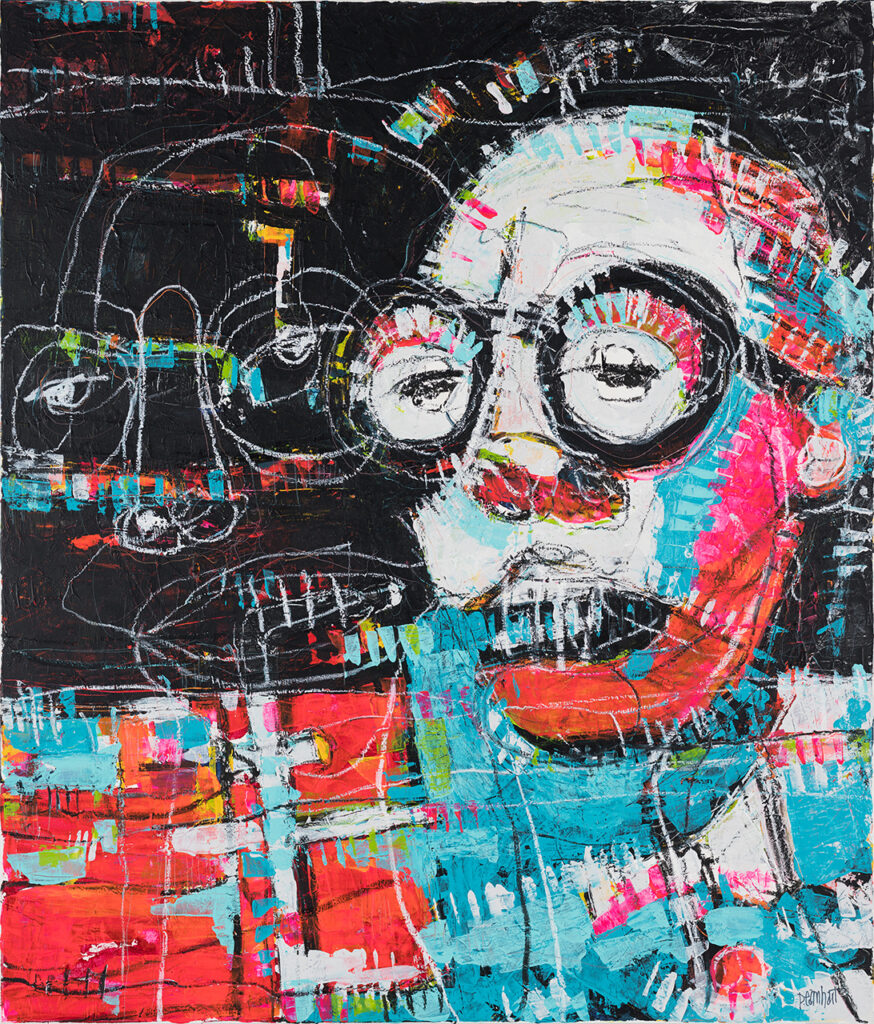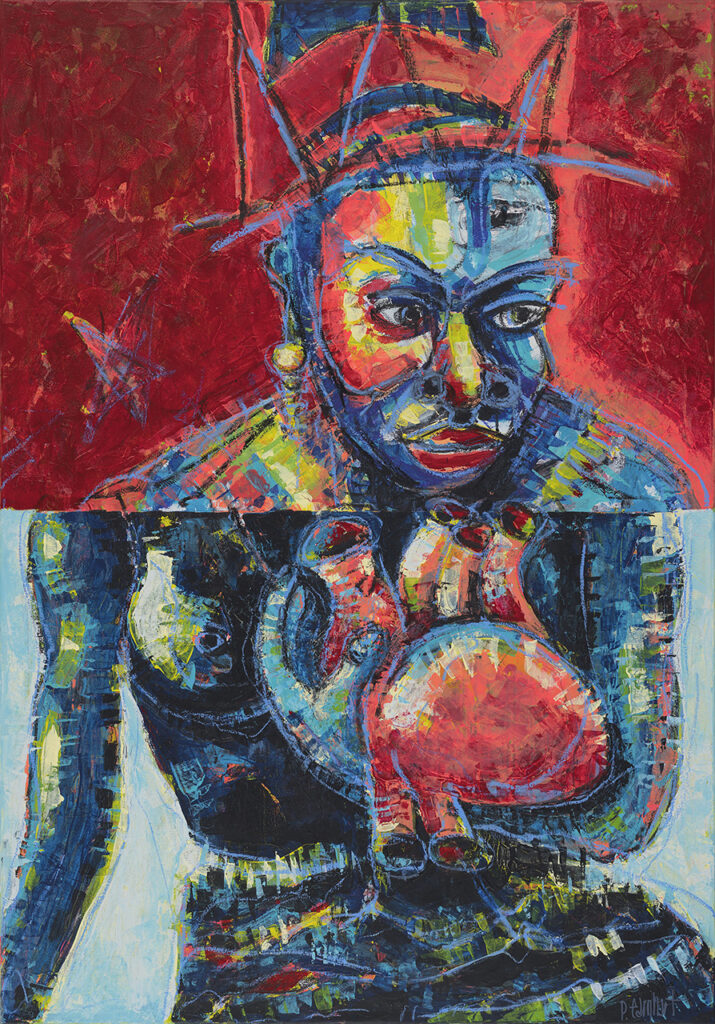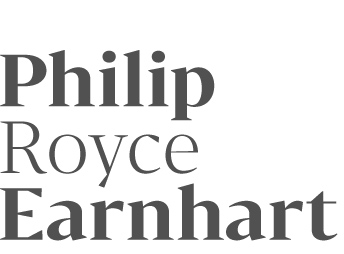
There is no way around the vilification of the pirate in modern storytelling. Often cast as lawless raiders, this series reclaims the pirate as a symbol of freedom — bold spirits who defied old-world empires and dared to live on their own terms.
Today’s pirates live on in artists, musicians, and activists who resist conformity and speak truth to power. But piracy also happens within. To be a pirate now is to rebel against the inner voices of fear, doubt, and shame — to reclaim the self from the systems we’ve internalized.
Piracy, in this light, is not destruction. It’s liberation.

















The Jolly Roger (skull & crossed bones)
“The skull and crossed bones does not just mean ‘we are bringing you death’;
rather it announces ‘we are the dead.’ We, the shat-on, the abused, the flogged,
the ones you treated as less than human, have escaped your power, have
slipped away from the identity you foisted onto us. We, the ones who you took
for dead, are returning as the dead – and thus free of all fear, free of all human
labels or classifications or ranks. We might say that pirates did not raise the
Jolly Roger as a symbol of violence, but rather as a declaration that no more
violence could be done to them.”
Brewin, Kester. Mutiny! Why We Love Pirates, And How They Can Save Us
